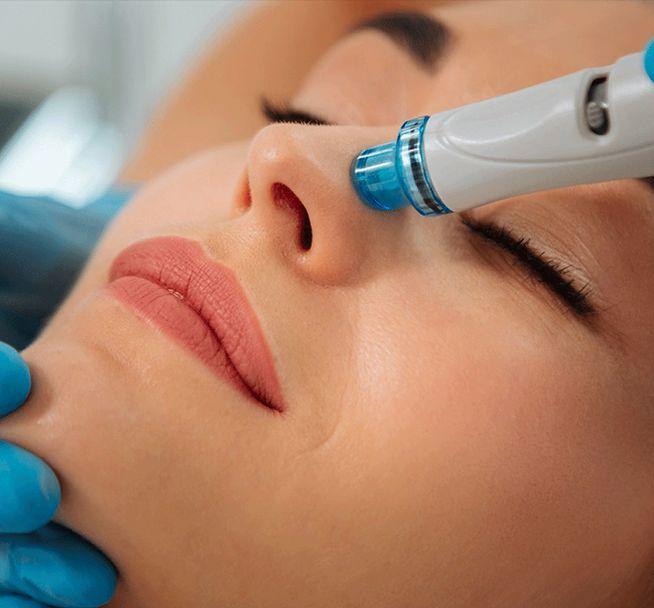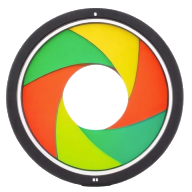Is a Hydrafacial a Good Treatment for Sun-Damaged Skin?

Sun exposure can significantly impact your skin, leading to uneven tone, pigmentation, dryness, and premature aging. Many individuals in Riyadh are now exploring advanced skincare solutions to restore the health and glow of their skin. One popular option that has gained attention is the Hydrafacial in Riyadh (علاج هيدرا فيشل في الرياض), offering a combination of deep cleansing, exfoliation, and hydration. But is it truly effective for repairing sun-damaged skin? Let’s explore this in detail.
Understanding Sun-Damaged Skin
Sun-damaged skin, also known as photodamaged skin, occurs due to prolonged exposure to ultraviolet (UV) rays. This can result in:
Common Signs of Sun Damage
-
Hyperpigmentation – Dark spots or uneven skin tone caused by excess melanin production.
-
Loss of Elasticity – The skin becomes less firm, showing early signs of sagging.
-
Dryness and Dehydration – Sun exposure strips essential moisture from the skin.
-
Rough Texture – Uneven skin surface due to damaged skin cells.
Understanding these signs is crucial for selecting treatments that target these concerns effectively.
How Hydrafacial Works on Sun-Damaged Skin
A Hydrafacial in Riyadh is a non-invasive treatment designed to cleanse, exfoliate, and infuse the skin with essential serums. It works through a multi-step approach:
Step 1: Deep Cleansing
The first step involves removing impurities and excess oils from the pores. This ensures the skin is ready to absorb nutrients effectively.
Step 2: Exfoliation
The treatment exfoliates the damaged skin layers, helping reduce roughness and improve overall texture.
Step 3: Extraction
Gentle suction removes debris and congested pores without harsh scrubbing, ensuring the skin remains healthy.
Step 4: Hydration and Nourishment
Finally, the skin is infused with serums rich in antioxidants, peptides, and hyaluronic acid, which help restore hydration, improve elasticity, and brighten the complexion.
Hydrafacial in Riyadh targets multiple concerns caused by sun exposure, making it a popular choice for those seeking rejuvenated, radiant skin.
Pros and Cons of Hydrafacial for Sun Damage
Here’s a clear overview of the advantages and limitations:
| Pros | Cons |
|---|---|
| Deep hydration and nourishment | Results may be temporary without maintenance |
| Reduces pigmentation and uneven tone | Multiple sessions may be required for severe damage |
| Non-invasive and painless | Not a replacement for strict sun protection |
| Improves skin texture and elasticity | May not address deep wrinkles fully |
| Safe for all skin types | Requires professional equipment for optimal results |
This table helps you weigh the benefits against potential limitations when considering Hydrafacial.
Comparison with Other Skincare Treatments
To better understand the effectiveness of a Hydrafacial in Riyadh, here’s a comparison with other common treatments for sun-damaged skin:
| Treatment Type | Effectiveness | Recovery Time | Suitable For |
|---|---|---|---|
| Hydrafacial | High for hydration, pigmentation, and texture | No downtime | All skin types |
| Chemical Peels | Moderate to high for pigmentation and roughness | 3–7 days | Skin tolerant to acids |
| Microdermabrasion | Moderate for surface texture improvement | 1–2 days | Mild sun damage |
| Laser Therapy | High for pigmentation and deep wrinkles | 1–2 weeks | Moderate to severe damage |
This highlights how Hydrafacial can be an accessible and efficient choice for those seeking visible improvements without long recovery times.
Key Benefits of Hydrafacial for Sun-Damaged Skin
Reduces Pigmentation and Dark Spots
Through exfoliation and infusion of antioxidant serums, Hydrafacial helps minimize the appearance of sun-induced dark spots, promoting a more even skin tone.
Deep Hydration and Moisture Retention
The treatment infuses the skin with hyaluronic acid, improving moisture levels and preventing dryness caused by UV exposure.
Improves Skin Elasticity
Peptides and antioxidants in the serum help restore elasticity and firmness, reducing signs of early aging caused by the sun.
Gentle and Non-Invasive
Unlike invasive treatments, Hydrafacial delivers results without causing discomfort, downtime, or irritation, making it suitable for all skin types.
Boosts Overall Radiance
Regular sessions can rejuvenate dull, sun-damaged skin, leaving it smoother, brighter, and healthier-looking.
Keywords for Enhanced Context
When exploring Hydrafacial for sun-damaged skin, these related terms are commonly used and provide additional insight:
-
Skin rejuvenation treatments
-
Facial hydration therapy
-
Photodamage repair
-
Antioxidant skin therapy
-
Non-invasive skincare solutions
-
Exfoliation and skin renewal
Incorporating these concepts helps understand the holistic impact of Hydrafacial on sun-damaged skin.
Ideal Candidates for Hydrafacial
Hydrafacial suits anyone experiencing:
-
Mild to moderate sun spots or pigmentation
-
Dry, dehydrated skin
-
Dull complexion needing revitalization
-
Early signs of skin aging due to sun exposure
-
Uneven skin texture or large pores
It is particularly recommended for those seeking a gentle, yet effective non-invasive treatment.
Recommended Treatment Plan
For optimal results, consider the following:
-
Initial consultation to assess skin condition
-
Series of 4–6 sessions spaced 2–4 weeks apart
-
Maintenance sessions every 4–6 weeks to prolong benefits
-
Consistent use of sunscreen and protective skincare between sessions
This structured plan maximizes the rejuvenating effects while preventing further sun damage.
Call to Action
If you want to restore your skin’s natural glow and effectively target sun damage, book your Hydrafacial in Riyadh session at Royal Clinic Saudia (العيادة رويال السعودية) today. Experience professional care designed to rejuvenate, hydrate, and brighten your skin with visible results.
Frequently Asked Questions
How long does it take to see results from a Hydrafacial for sun-damaged skin?
Results are often visible immediately after the first session, with significant improvements after 4–6 sessions.
Can Hydrafacial be done on all skin types affected by sun damage?
Yes, it is safe and effective for all skin types, including sensitive and dry skin.
How often should I get Hydrafacial treatments for maintaining sun-damaged skin?
Maintenance sessions every 4–6 weeks are recommended to prolong hydration, texture improvement, and overall skin health.
Does Hydrafacial help with dark spots caused by prolonged sun exposure?
Yes, the exfoliation and serum infusion work together to minimize pigmentation and even out skin tone.



